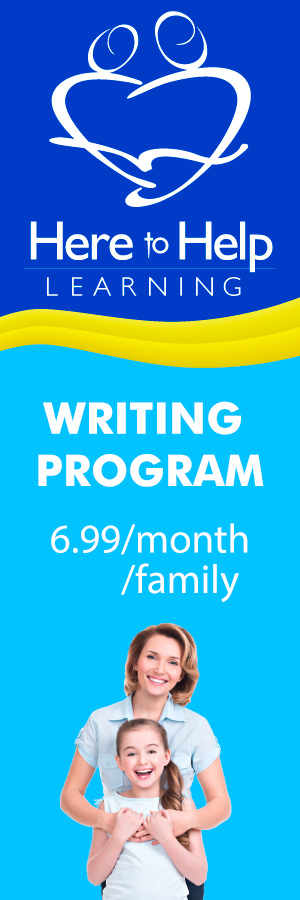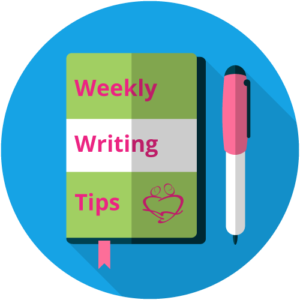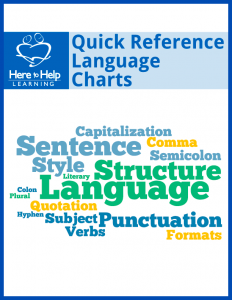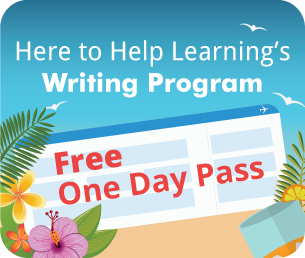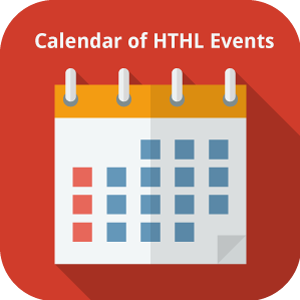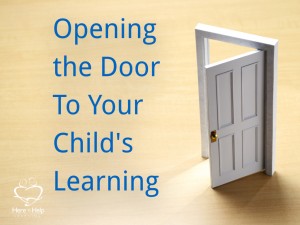
My friend, a veteran homeschool mom and I were sharing about our curriculum choices we have used for teaching history. My friend’s daughter is in eighth grade, and my daughter is a freshman in high school. We laughed as we reminisced, between the two of us; we had used just about every curriculum out there. I asked, “ So what will you use this year?”
She answered, “The one I used last year. My daughter seemed to click with it. She remembered what she read and was able to make connections with what she was reading. On her own, she chose books that went along with what she was learning. Which one will you use?” she asked.
I replied, “ Well, my daughter loves the cultural aspect of history, I am going to use a curriculum that gives her a timeline and then fill in with allowing her to choose literature books about the time period. We were content with our choices for the coming year.
There might be some of you out there reading this saying, pleeeeeeease tell me what was the name of the history curriculum or what list of great books will your daughter be reading?
Both are great questions. But there are other questions that must come first.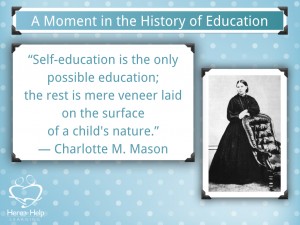
Charlotte Mason (Famed educator of the 1800’s) would probably guide us to ask a better set of questions.
- Where are the sparks of learning that are already happening?
- Where are the educational connections catapulting thoughts forward into independent exploration?
- What does your child spend time learning on their own?
The key to true education rests in the pursuit of understanding a student’s learning process, and not the teacher laying coat after coat of informational shellac.
Learning is a journey of connections.
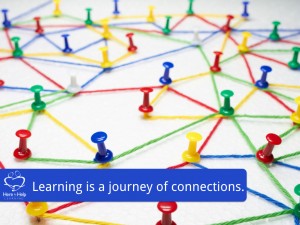
When I discover the connections in learning my child is already making, I learn what motivates her to take the next step in her education. It opens doors to new learning. She gains new skills that she values.
It is our job as educators…
- to spend lots of time talking to our student about what they want to learn
- to observe when educational connections happen
- to provide materials, mentorship, and encouragement along the way that support the educational connections that are happening.
In a recent article from ABC News entitled, Homeschooling is Going Mainstream ,homeschool mom, Melissa states it well. She told ABC that homeschooling gives you the opportunity to direct your child’s education, supplying them with what they need.
Our children are not computer robots: they are thinking human beings. We need to fan the flames of curiosity, and encourage the natural God-given passions embedded in their DNA.
1. It begins with a reflection on your own early educational experiences.
By understanding your motivation as a learner, you will gain insights into your child’s motivation for learning. Recall your early educational memories. What were they? Don’t limit yourself to classroom experiences. Why were they meaningful? What did it say about you?
Recall a learning highlight.
In my eighth grade year, I remember building a space station. I had to use all the space vocabulary on my list in a role playing drama. This project thrilled me. I spent countless hours researching the topic beyond what was required.
In your free time, what did you spend your time learning?
The summer after completing the fourth grade, I picked up a library book about geology. We had not studied geology in school, so it was a brand new subject for me. I became a rockhound and spent hours that summer collecting and classifying rocks. I remember asking myself, “Why don’t they teach this stuff in school?”
What skill did you teach yourself?
In my mother’s sewing basket, I found a torn printed diagram on a variety of crewel stitches, and taught myself how to sew them. I learned following patterns and diagrams was an effective way for me to learn.
What does it say about you as a person?
Looking back, I realize how my learning was propelled by those experiences. I discovered I am a kinesthetic/visual learner. Over the years, I have applied these insights about myself to many new learning opportunities.
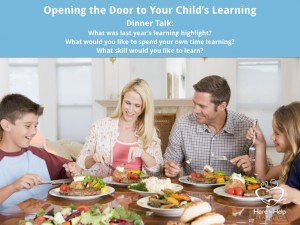
2. Next, ask your child to reflect on their educational experiences within the last year.
Whether your child went to public, private or was homeschooled last year, ask your child to recall last year’s learning highlights? Ask, what would you spend your time learning? Ask, what new skill would you like to learn?
My high school daughter lit up as we discussed these questions.
What was last year’s learning highlight?
Hands down, it was visiting Williamsburg, Virginia and making a tomb for a mummified chicken. Yup, she is a homeschooler! She also loved the research project that she designed about education in America through the decades starting in the 1600’s.
What would you like to spend your time learning?
“Anything about Colonial history!” she replied.
What skill would you like to learn?
“I want to learn how to hand sew, preserve foods, and cook.” she added.
3. The next step is to observe your child.
I have watched my daughter immerse herself into history. In fact, I think she has more historical costumes than she does clothes. I can always tell what book she is reading by how she is dressed. Is this just a phase? Time will tell, but at the moment, her love of history is unlocking educational doors for her. It motivates her to reach for the next educational connection.
4. Provide materials, mentorship, and encouragement along the way that support the educational connections that are happening.
It is my job as a home educator to gently supply her educational flames with a steady flow of oxygen (encouragement) and fuel (resources). I am happy to see her thrive. Next year, she may set aside her passion for history. I must be ready to make the switch.
Your child’s learning is not a formula…. because your child is not a formula.
But if I was going to hand out the recipe, this is what it would look like:
I asked.
She spoke.
I listened.
She learned.
I watched.
I provided. I mentored. I encouraged.
REPEAT
She learned more.
Do you have more than one child? Me too! More than one child requires a little more organization. When I had all eight at home, I made a page in my journal for each one of them and recorded what I was learning about my children. We would all use similar curriculum, but I molded it to serve each child. It required constant vigilance and prayer on my part.
Every homeschool mom wants their children to love learning. Asking, observing, and providing will open educational doors for your child.
From our Home to Yours,
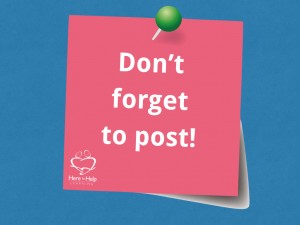 What are your thoughts and experiences?
What are your thoughts and experiences?



